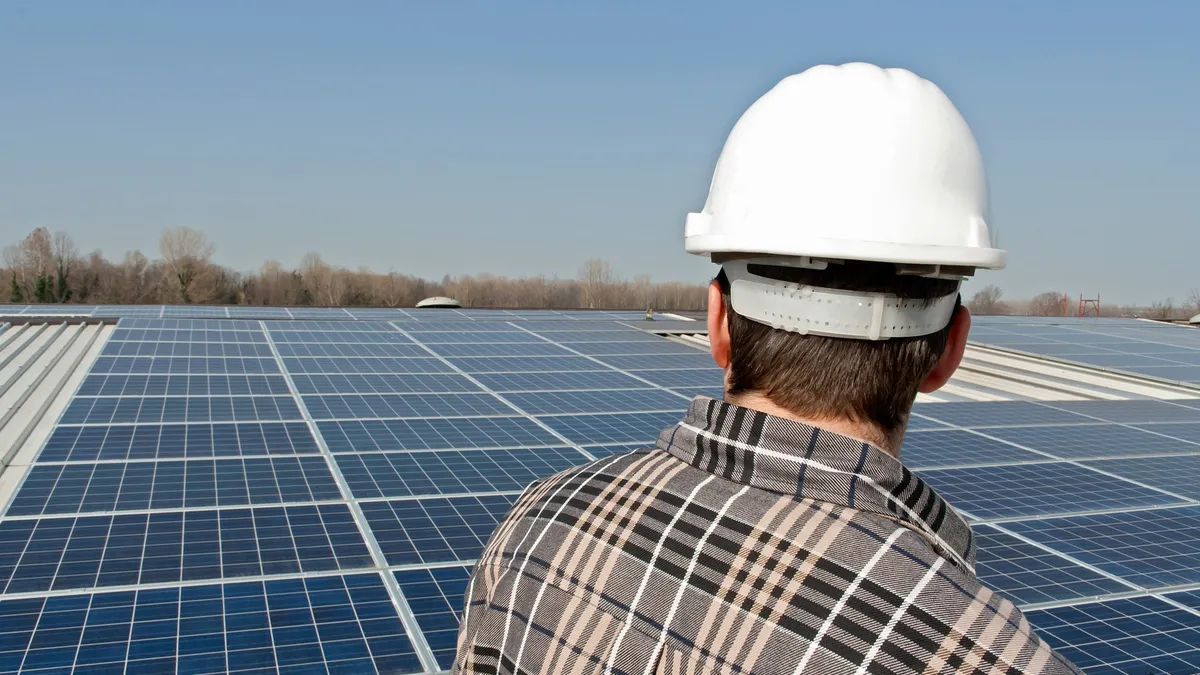Dive Brief:
- Energy efficiency, growing customer awareness of energy use, and the rise of distributed generation (DG) are the main reasons behind the continuing stagnation of electricity sales in the U.S., according to a new report by CoBank.
- Electricity sales have “decoupled” from the U.S. economy, a trend that may or may not continue, according to the authors.
- Despite many market pressures, "this isn’t the end of utilities,” said Taylor Gunn, economist at CoBank. “I think a lot of utilities see greater energy efficiency, the opportunity to offer distributed generation and solar assets to their customers, and maybe provide other services to their customers such as energy management as new revenue streams and new opportunities for growth."
Dive Insight:
In the face of static sales, the industry is evolving.
A shift in focus from unregulated to regulated operations has seen 3,300 miles of high voltage power lines go up in 2013, partially driven by the need to connect renewable energy sources to the grid and by the high rate of return the Federal Energy Regulatory Commission has given for interstate transmission projects.
At the same time, capital spending across the sector was at a record high in 2013 and study authors predict it will remain so in 2014. The extra costs of maintaining and updating the grid can be passed on to customers in the short term, but high bills will likely lead to greater energy efficiency on the consumer’s part. The continuing trend of reducing energy consumption will lead to utilities cutting costs, the authors say.
“Electric utilities will probably see more change over the next 10 years than they did over the previous 100 years,” wrote the authors. “This is certainly not about the end of utilities, but rather a tough transition with many uncertainties.”
Regulators will be key to the industry’s future, as faster and more beneficial regulatory processes will help companies innovate and adapt quickly to the evolving market pressures.














